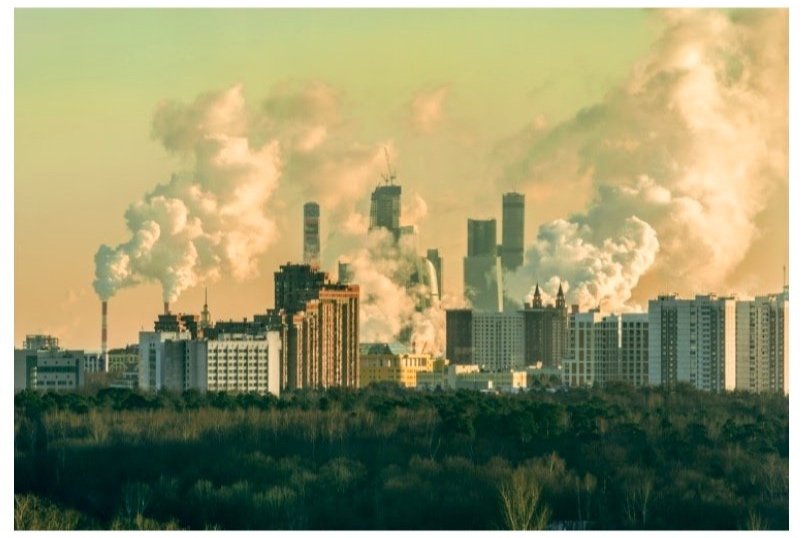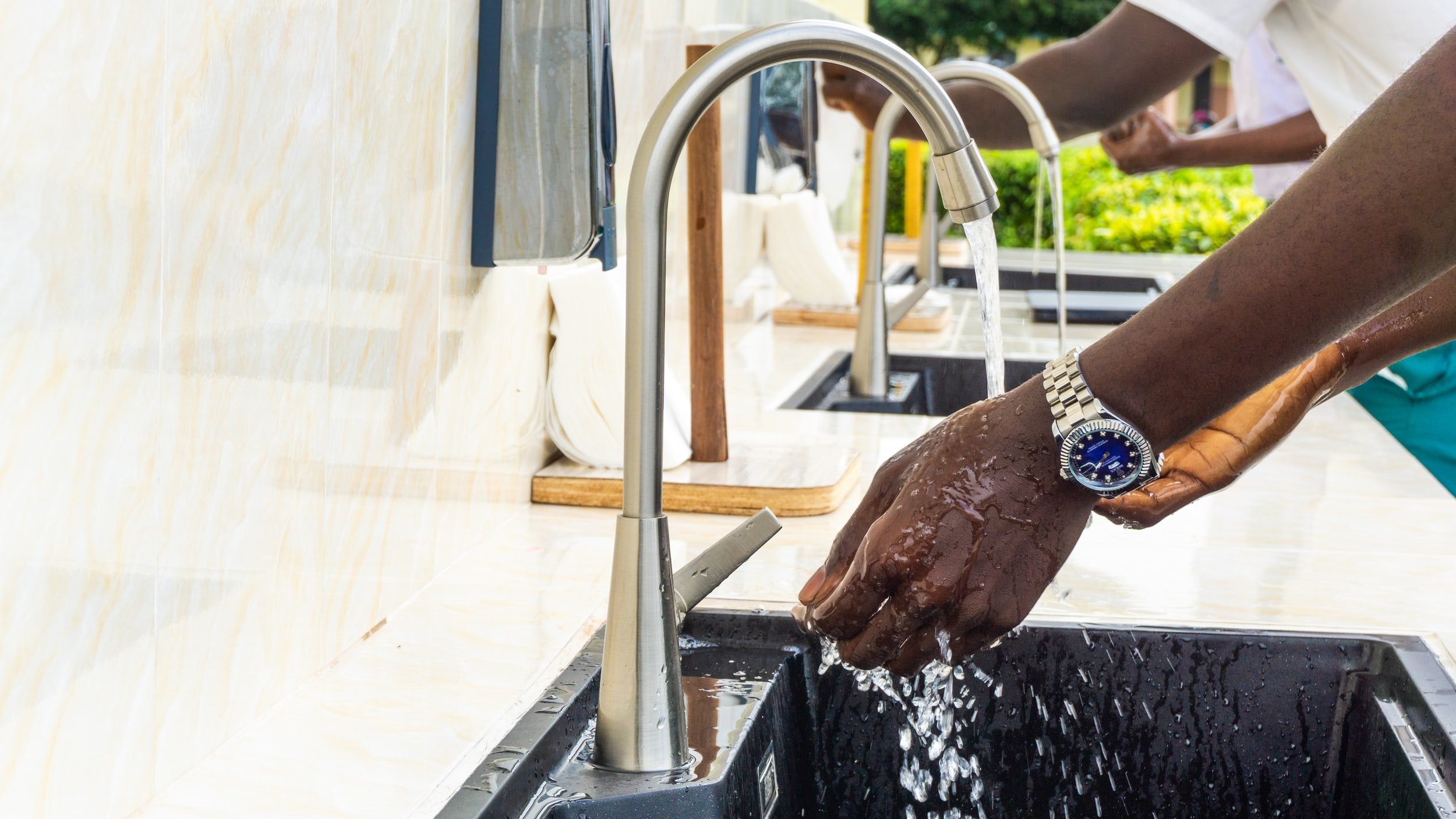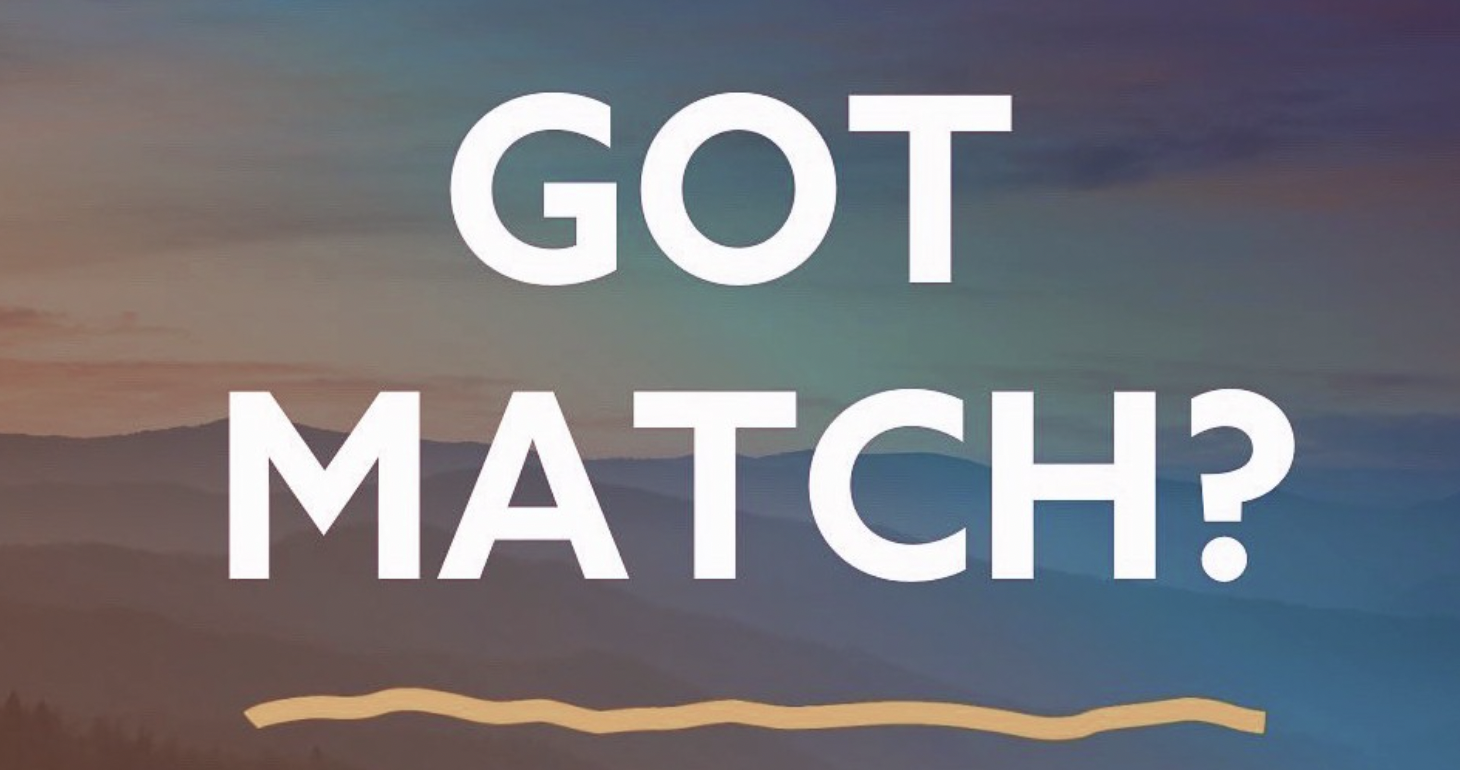
Municipal Leaders: Integral to the success of lead pipe replacement in the United States

Tackling Environmental Injustice: EJ Communities Should Have a Say

Water Quality Partnership in the Skaneateles Lake Watershed
In New York state, a clever partnership between the city of Syracuse and upstream farmers has managed to significantly clean up the Skaneateles Lake

A national map of water service area boundaries can support Justice 40 goals and other federal programs.

States act to get the lead out faster: Will they be better poised to access federal funding?

New Report: A look at four new natural resource procurement bills

A look at four new natural resource procurement bills

New Report: Delivering Faster Restoration with Bipartisan Infrastructure Law (BIL) Funding

Delivering Faster Restoration with Bipartisan Infrastructure Law (BIL) Funding

Streamlining Restoration Projects with Nationwide Permit 27: An Explainer
This explainer reviews how NWP 27 created huge efficiencies in permitting aquatic resource restoration with widespread benefits to coastal and upland wetlands, streams, and other resources. Other Federal and state regulations could take a cue from this example and streamline projects proven to create a net benefit in natural resources. Photo credit: James Loesch

Why do we need drinking water service area boundaries?

Recent Efforts to Streamline Restoration Permitting: Why it matters
Ecological restoration projects are often as difficult, if not more so, to permit than development. There are multiple regulatory agencies, exorbitant costs, and often years of time needed to secure proper permits. Obviously, this is a barrier for restoration work. Smaller firms and local efforts often do not have the money, time, or technical expertise to navigate this difficult process and will either abandon or avoid projects because of permitting red tape. Our ecological crises are on tight timelines; we don’t have years to wait around for complicated layers of permits. When speaking about our response to climate crises, Wade Crowfoot, California’s Secretary of Natural Resources succinctly put it, "Winning slowly is still losing. We’re still losing if we’re winning in tiny bites. We need to be doing much bigger things faster. That’s how urgent the situation is."
We need investment in physical infrastructure and digital infrastructure to quickly and equitably replace lead pipes.

Tap into Innovation to Replace Lead Pipes

Let’s make primitive match requirements smarter in federal grant programs

We shouldn’t have to wonder “Who is responsible for my water?” We should know.

Reimagining How Utilities Communicate With Their Customers

Water in Real Life: EPIC solutions to the Lead Problem
The host of Water in Real Life, Stephanie Croso, served as a judge for the Environmental Policy Innovation Center's (EPIC) 2022 Water Data Prize. Submissions came form a diverse range of participants ranging from water utilities, to water tech companies, to professors and universities. Inventory, mapping, equity, and communications were the four award categories. The overall prize was awarded to the City of Newark, NJ and the engineer firm, CDM Smith.
During this chat, Jessie (EPIC) shares an overview of the submissions and takeaways gleaned from the proposed solutions. Kareem (Newark) and Sandy (CMD Smith) then break down the winning project, their approach, and advice for other communities working towards meeting the requirements of the Lead and Copper rule updates.

Lead in Water Harms Red States, Too


